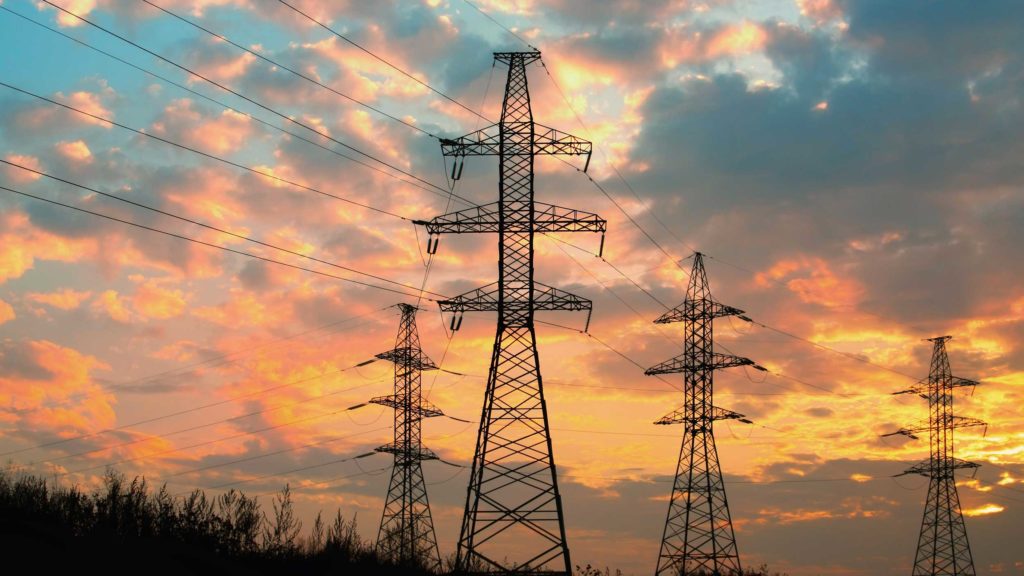Traditional power grids, as most of us understand them, were designed towards the end of the 19th century. We spoke to the EVP for Global Power Products Division at Schneider Electric, Rohan Kelkar, who gave us an introduction to smart grids.
In order to do this, he said that we must first understand the history of conventional, unidirectional grids. A utility generates power which is then consumed by us. This is inefficient, however, as energy consumption has risen drastically, particularly with the production increase in electric vehicles.
The grid was no longer capable of handling this, hence the introduction of smart grids which are bidirectional. Not only can the utility communicate to the consumers, but this can be reversed too.
Rohan warned us that this is not a new concept, but one that has been around for decades. Technological advances are making smart grids more relevant, as is the awareness and urgency of geopolitical impact. Growing environmental ethics in industry are driving governments and citizens to question their emissions impact.
Grid generations
Steam and coal plants, which are now gas plants, are problematic in terms of degeneration. So instead, you need different production technologies to make “peak load operation” smoother. There is also a need for renewable energy to generate less emissions, something that in the last half of the century has become a lot more affordable.
The use of batteries to store energy has also been a massive turning point as energy is no longer a perishable resource. Storage reduces the cost of energy and creates a “buffer.” Batteries are particularly relevant with the rise of electric vehicles (EV), as the need to charge your car quickly and more often.
On the distribution side of things, which Rohan refers to as the “pipeline,” we rely on wireless computer technology. Sensors are becoming more widely utilised as software efficiency increases. The IoT enables people to control their homes from anywhere, adjusting aspects such as their heating.
Through a combination of these advances in technology, as well as changing sources, we end up with a “prosumer economy.” This is an amalgamation of the producer and consumer. People and their homes now pay the part of the utility. By this it means that unused power, for example from solar-panelled roofing, can be stored until needed by putting it on the grid.
A fundamental shift is observed as not only smart grids emerge but the idea of “micro grids.” Essentially this means your home or a group of houses could have its own grid, localising the consumption and generation of energy more efficiently.
Advancement of grids
Companies and industries are working towards a more sustainable future, adapting the way they work to take care of the planet. Government regulations and economic incentives are driving change.
Rohan predicts that in the next few decades to come we will see a “slow march towards eventual localised and generation and the prosumer economy,” at differing rates in both residential and commercial levels.
He suggested that the reason for this is because in larger builders, such as a factory, the amount of energy requires a lot of current, so more knowledge is required in terms of safety and energy distribution.
To manage this transition, distribution must be more systematic than everyone merely managing their own parts. Everything must be interconnected and centrally managed. Rohan said that Schneider Electric are working on technologies that enable ease of installation.
This would mean that a smart technician could come out and install a solar roof. If you then bought an electric car, somebody could add a module to the roof which enables the EV charger. Thus, these elements of your smart home would connect and “talk to each other.”
Controlling your “micro grid” depends on the scale at which you wish to do so. Rohan’s final point was that partnerships and collaboration will be paramount to smart grid evolution as the electrical ecosystem develops. To ensure simplicity in improving your home or business, communication will be key.
